[QUOTE=Brock Poling]
I am very intrigued by this.... thanks for this post.
I am still a little unclear however, how are you getting the bubbles out of it. [/QUOTE]
Hey Brock if I may jump in here for Louis,
I used to make fishing rods of various kinds. The cotton binding which hold the runners in place and decorate the the upper grip of the rod is coated with epoxy for strength and protection.
As part of the process, you apply moderate heat with a heat gun to the still liquid epoxy whilst the rod simultaneously spins on a rotisserie to prevent sag. The idea here is that the heat thins the epoxy making it less viscous. This then allows the epoxy to sink deeply into the cotton bindings and assist in the expulsion of air bubbles from the liquid.
The big secret here is to mix the epoxy very slowly trying to keep the air entering the mix to a minimum.
Whilst this system works very well it pays to keep in mind, as Louis has already suggested, that the heat also accelerates the setup time of the epoxy and, as I understand, also deteriorates the overall strength of the mix. In this application however, and likewise the pick guards I guess, strength is not really an issue.
It is very interesting and clever how Louis has used aluminium foil as a backing in the mold. This assist the reflection of light back through the epoxy adding so much to the colour, I really like what he has done here.
Well Done Louis   
Cheers
Kim
|
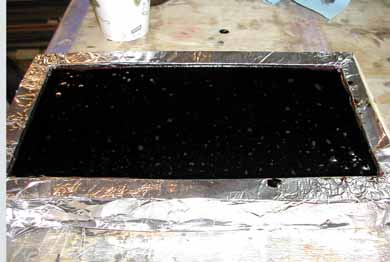
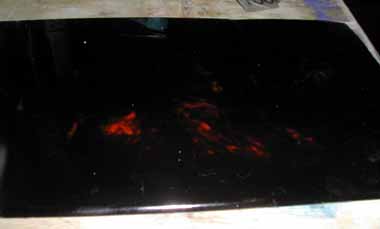
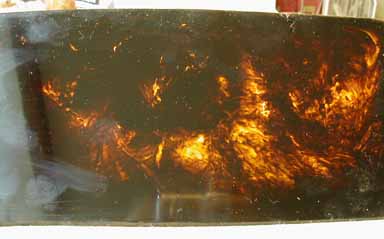
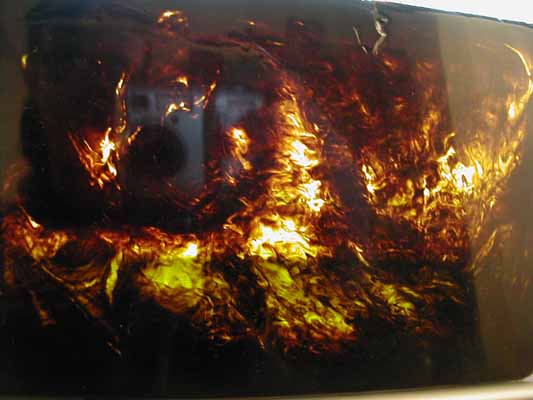
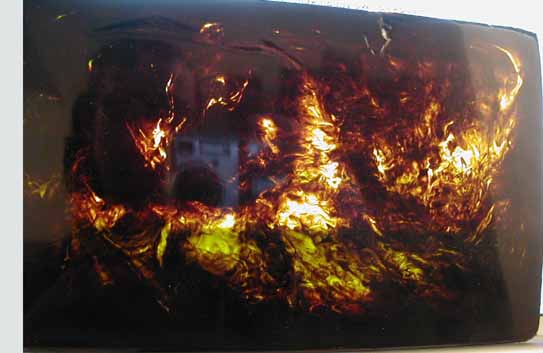

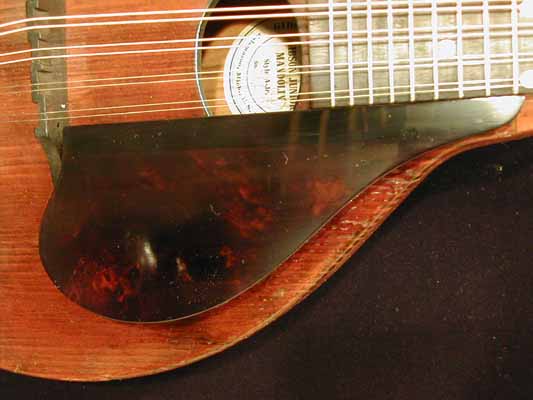
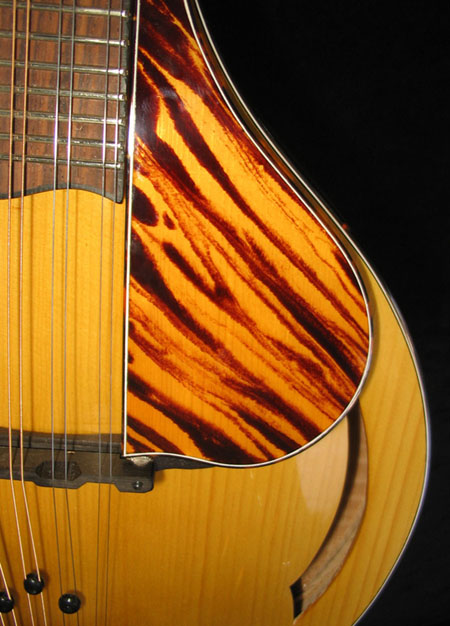
 that are used for chemistry labs. I got a magnetic stirrer (to accelerate the dissolve time of shellac) from ebay for $12 and it works great.
that are used for chemistry labs. I got a magnetic stirrer (to accelerate the dissolve time of shellac) from ebay for $12 and it works great.


